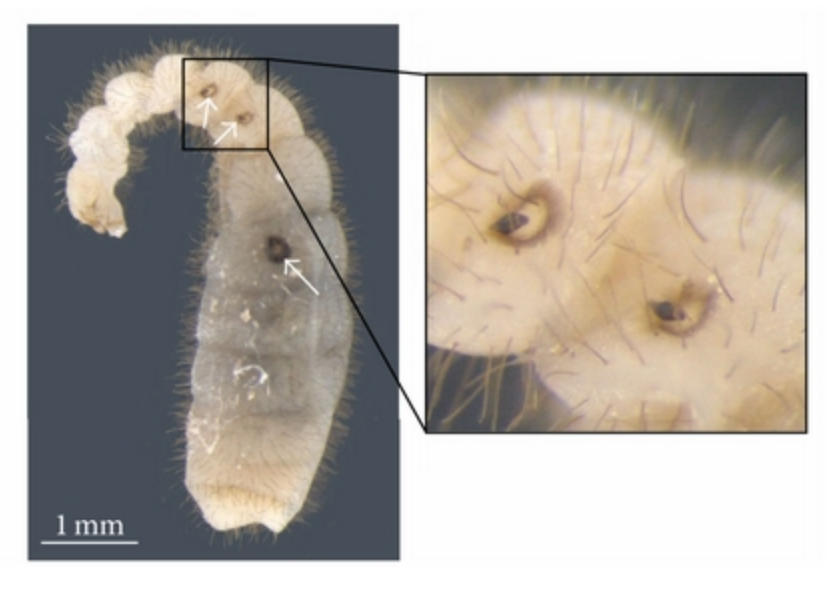|
Obeza Floridana
''Obeza floridana'' is a species of chalcid wasp in the family Eucharitidae The Eucharitidae are a family of parasitic wasps.Ayre, G.L. Pseudometagea schwarzii (Ashm.) (Eucharitidae: Hymenoptera), a parasite of Lasius neoniger Emery (Formicidae: Hymenoptera). Canadian Journal of Zoology 40 (1962) : 157-164. Eucharitid .... References Further reading * * External links * Parasitic wasps Insects described in 1888 Chalcidoidea {{chalcidoidea-stub ... [...More Info...] [...Related Items...] OR: [Wikipedia] [Google] [Baidu] |
Chalcid Wasp
Chalcid wasps (, , for their metallic colour) are insects within the superfamily Chalcidoidea, part of the order Hymenoptera. The superfamily contains some 22,500 known species, and an estimated total diversity of more than 500,000 species, meaning the vast majority have yet to be discovered and described. The name "chalcid" is often confused with the name "chalcidid", though the latter refers strictly to one constituent family, the Chalcididae, rather than the superfamily as a whole; accordingly, most recent publications (e.g.,) use the name "chalcidoid" when referring to members of the superfamily. Most chalcid wasps are parasitoids of other insects, though other life styles are known, with the herbivorous fig wasps acting as pollinators. Various species are used as biological pest control agents or in scientific research. Description Chalcidoids are generally small wasps, averaging 1.5 mm in length and usually being less than 3 mm. The body is often metallic in colour. Th ... [...More Info...] [...Related Items...] OR: [Wikipedia] [Google] [Baidu] |
Eucharitidae
The Eucharitidae are a family of parasitic wasps.Ayre, G.L. Pseudometagea schwarzii (Ashm.) (Eucharitidae: Hymenoptera), a parasite of Lasius neoniger Emery (Formicidae: Hymenoptera). Canadian Journal of Zoology 40 (1962) : 157-164. Eucharitid wasps are members of the superfamily Chalcidoidea and consist of three subfamilies: Oraseminae, Eucharitinae, and Gollumiellinae. Most of the 55 genera and 417 species of Eucharitidae are members of the subfamilies Oraseminae and Eucharitinae,Heraty, John. Eucharitidae. Hymenopteran Systematics, University of California, Riverside (2002): Web. 16 Sep. 2011. and are found in tropical regions of the world. Eucharitids are specialized parasitoids of ants, meaning each species is usually only parasitic of one genus of ant. Furthermore, they are one of the few parasitoids that have been able to use ants as hosts, despite ants’ effective defense systems against most parasitoids.Lachaud, Jean-Paul and Perez-Lachaud, Gavriela. Impact of na ... [...More Info...] [...Related Items...] OR: [Wikipedia] [Google] [Baidu] |
Eucharitid Wasp - Obeza Floridana, Everglades National Park, Homestead, Florida - 02
The Eucharitidae are a family of parasitic wasps.Ayre, G.L. Pseudometagea schwarzii (Ashm.) (Eucharitidae: Hymenoptera), a parasite of Lasius neoniger Emery (Formicidae: Hymenoptera). Canadian Journal of Zoology 40 (1962) : 157-164. Eucharitid wasps are members of the superfamily Chalcidoidea and consist of three subfamilies: Oraseminae, Eucharitinae, and Gollumiellinae. Most of the 55 genera and 417 species of Eucharitidae are members of the subfamilies Oraseminae and Eucharitinae,Heraty, John. Eucharitidae. Hymenopteran Systematics, University of California, Riverside (2002): Web. 16 Sep. 2011. and are found in tropical regions of the world. Eucharitids are specialized parasitoids of ants, meaning each species is usually only parasitic of one genus of ant. Furthermore, they are one of the few parasitoids that have been able to use ants as hosts, despite ants’ effective defense systems against most parasitoids.Lachaud, Jean-Paul and Perez-Lachaud, Gavriela. Impact of natu ... [...More Info...] [...Related Items...] OR: [Wikipedia] [Google] [Baidu] |
Parasitic Wasps
Parasitoid wasps are a large group of hymenopteran superfamilies, with all but the wood wasps (Orussoidea) being in the wasp-waisted Apocrita. As parasitoids, they lay their eggs on or in the bodies of other arthropods, sooner or later causing the death of these hosts. Different species specialise in hosts from different insect orders, most often Lepidoptera, though some select beetles, flies, or bugs; the spider wasps (Pompilidae) exclusively attack spiders. Parasitoid wasp species differ in which host life-stage they attack: eggs, larvae, pupae, or adults. They mainly follow one of two major strategies within parasitism: either they are endoparasitic, developing inside the host, and koinobiont, allowing the host to continue to feed, develop, and moult; or they are ectoparasitic, developing outside the host, and idiobiont, paralysing the host immediately. Some endoparasitic wasps of the superfamily Ichneumonoidea have a mutualistic relationship with polydnaviruses, the viru ... [...More Info...] [...Related Items...] OR: [Wikipedia] [Google] [Baidu] |
Insects Described In 1888
Insects (from Latin ') are pancrustacean hexapod invertebrates of the class Insecta. They are the largest group within the arthropod phylum. Insects have a chitinous exoskeleton, a three-part body ( head, thorax and abdomen), three pairs of jointed legs, compound eyes and one pair of antennae. Their blood is not totally contained in vessels; some circulates in an open cavity known as the haemocoel. Insects are the most diverse group of animals; they include more than a million described species and represent more than half of all known living organisms. The total number of extant species is estimated at between six and ten million; In: potentially over 90% of the animal life forms on Earth are insects. Insects may be found in nearly all environments, although only a small number of species reside in the oceans, which are dominated by another arthropod group, crustaceans, which recent research has indicated insects are nested within. Nearly all insects hatch from eggs. ... [...More Info...] [...Related Items...] OR: [Wikipedia] [Google] [Baidu] |


_(7686081848).jpg)
